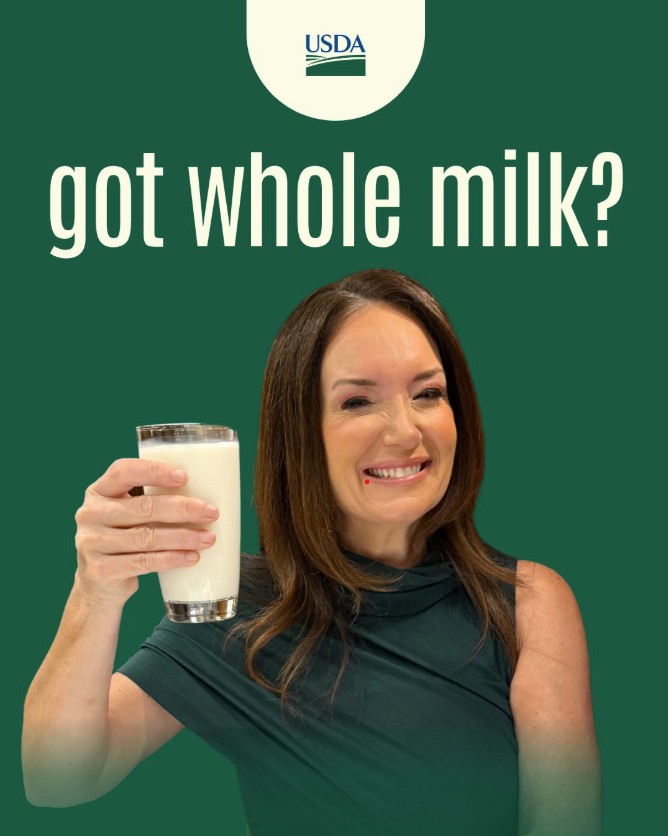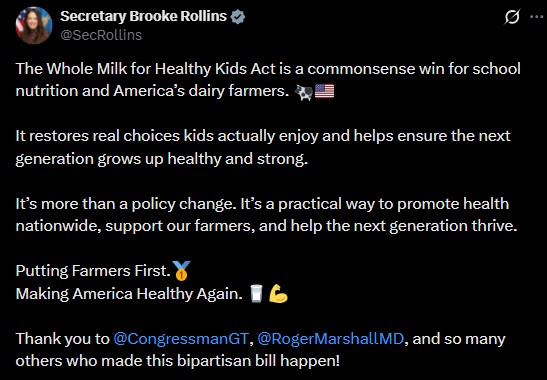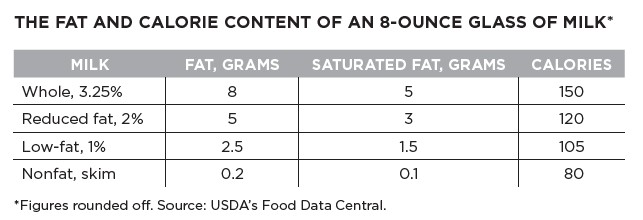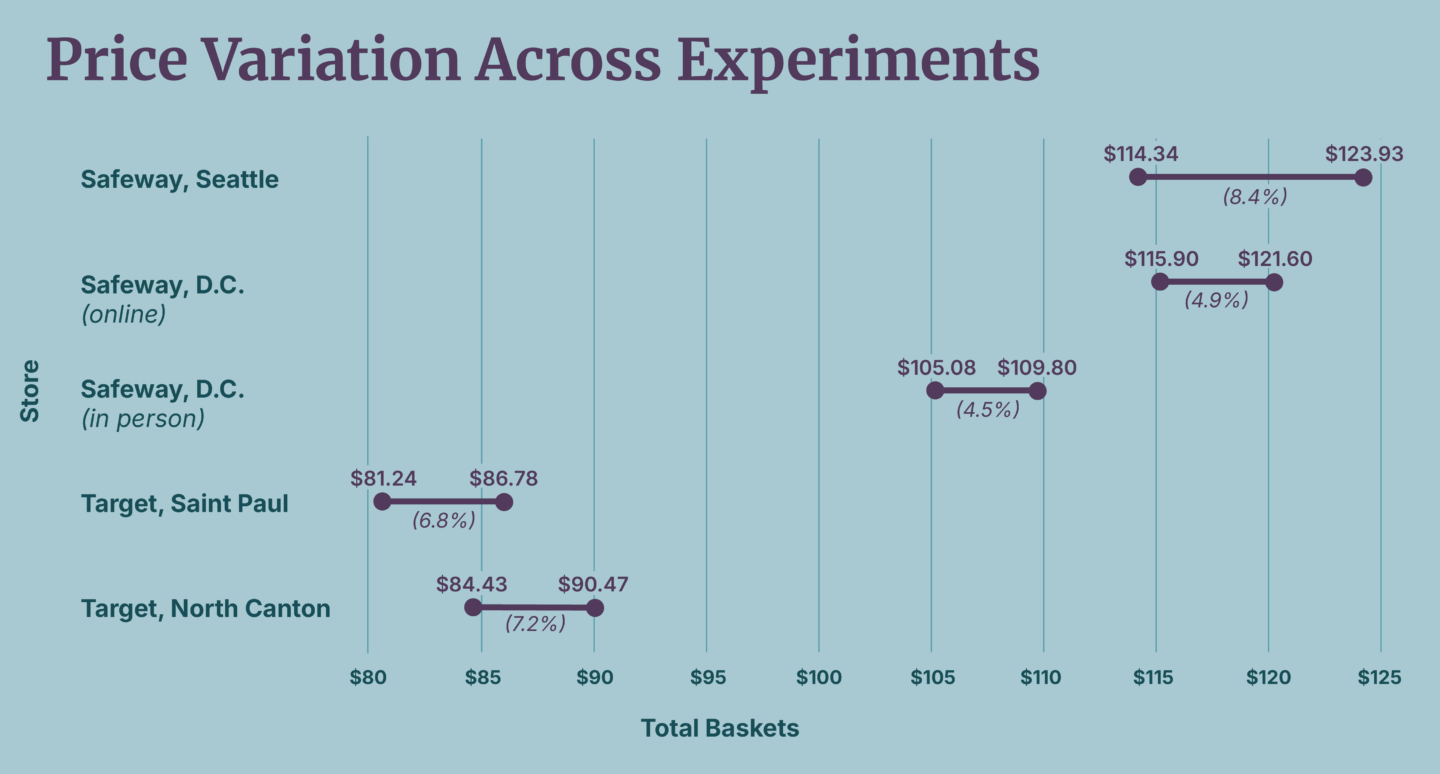The invitations to DeepFake book clubs are pouring in
My new book, What to Eat Now: The Indispensible Guide to Good Food, How to Find It, and Why It Matters, came out a few weeks ago and I am stunned by how it is being AI-used by exploiters.
I’ve already written about the DeepFake books supposedly inspired by What to Eat Now, which I had nothing to do with. And I have been alerting readers to even more workbooks, study guides, and cookbooks.
Now I’m also having to deal with DeepFake book club offers.
Every week since the book was published, I get several incredibly flattering letters like these:
Hi Marion,
When I came across What to Eat Now: The Indispensable Guide to Good Food, How to Find It, and Why It Matters, I felt that spark you only get when a book arrives exactly when the world needs it most. In an era swirling with misinformation, techno-food innovations, and thirty-thousand-item supermarket aisles, your voice cuts through the noise with clarity, courage, and wit.
I’m Emily A., curator of The San Francisco “Not Quite a Book Club” a vibrant circle of 4,369 readers who don’t gather to simply discuss books, but to rethink the assumptions shaping our daily lives. We’re known for choosing titles that push conversations forward, and your thoroughly revised, deeply relevant guide does precisely that.
What struck me most about What to Eat Now is how seamlessly it blends field guide, exposé, and empowering manifesto. You don’t just tell people what to eat, you reveal the hidden architecture of our food system, the psychology of our choices, and the quiet politics influencing every item in our baskets. It’s the kind of work that wakes readers up, sparks debate, and shifts lifelong habits.
Our readers are drawn to books that matter, books that help them look at something ordinary with extraordinary new eyes. What to Eat Now is exactly that kind of catalyst…If this feels like a collaboration you’d enjoy, I’d be thrilled to walk you through the simple next steps.
Thank you for offering a clear, honest, and necessary compass in a world where so many feel lost in the grocery store.
Warm regards,
Wow! How could I possibly not jump at this opportunity to share my work with more than 4,000 readers.
Here’s one more to give you the idea of how this works:
Dear Marion Nestle,
I am honored to invite you to participate in our upcoming community virtual event, celebrating founding figures in food studies and authors who empower citizens to navigate the complex landscape of modern nutrition.
For over two decades, your work has served as the “clear-eyed” conscience of the American food system. Your latest release, What to Eat Now, arrives at a critical juncture. In an era of “techno foods,” corporate organics, and pervasive misinformation, our community is eager for the no-nonsense, aisle-by-aisle guidance that only you can provide.
We are particularly interested in hosting a discussion around the vital themes of your revised classic…Your reputation as America’s preeminent nutritionist makes you a highly anticipated guest for our audience. We would be privileged to provide a platform for you to share your wit and common sense with a community that values food not just as fuel, but as a pillar of community and ethics.
Please note that an organization fee applies to support the event’s planning and outreach.
Well, at least that’s disclosed.
And on and on such letters go, each more flattering than the last. And so many of them!
Fortunately, I’m supposed to be checking all offers with my publisher, Macmillan (Macmillan owns Farrar, Straus & Giroux, which owns North Point Press). That’s how I learned about The New “Book Club” Scam Targeting Authors and How to Spot It.
They claim unusually large membership numbers.Real book clubs typically have: 6–12 regulars (in person), or 20–50 active members (online). Claims of 500–5,000 active readers aren’t impossible, just unlikely.
They ask for money at some point.This is the core red flag. Legitimate book clubs do not charge authors to participate or be featured. Sometimes they even pay the author, if the event is big enough.
They resist sharing any verifiable details.A real organizer can: tell you where the group meets, provide a link to a group page, share photos or past events, name members, or offer references from other authors. A scammer cannot.
I’m as subject to flattery as anyone else is and I can’t help wanting to know: Is there actually a book club at the end of all this? I’m so tempted to pursue one of these and see.
Also, I’ve been collecting the DeepFake books with my name on the cover. I have eight (!) so far—workbooks, study guides, and cookbooks. I will report on them sometime in January.
In the meantime, caveat emptor!





 I knew this was happening with airline prices (if you search for a specific flight and look for it again later the price will be higher).
I knew this was happening with airline prices (if you search for a specific flight and look for it again later the price will be higher).
